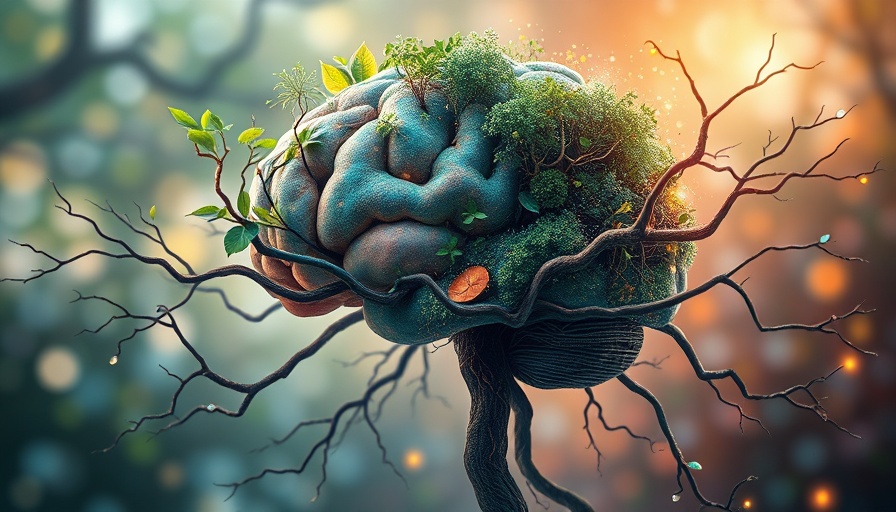
Understanding the Foundation of Human Brain Development
A recent ground-breaking study from Stanford's Wu Tsai Neurosciences Institute has illuminated the complex interplay between our genetic blueprint and environmental influences on brain development. This pioneering research offers insights into human cognition and visual recognition, suggesting that while certain neural structures are established at birth, there exists significant flexibility in how they adapt through experience. This dual capacity for innate design and experiential learning offers us a deeper understanding of the human condition, paving the way for future studies in neurodevelopment.
The Role of the Ventral Temporal Cortex
The study specifically focused on the ventral temporal cortex (VTC), an area of the brain known to be pivotal for visual recognition tasks—from identifying faces to processing words and objects. Researchers noted that the pattern of brain organization within the VTC shows remarkable consistency across individuals, raising important questions about whether this specialization is hardwired from birth or shaped by our experiences. By employing innovative techniques to image infant brains, the researchers have drawn significant conclusions about the early stages of cognitive processing.
Bridging the Gap Between Nature and Nurture
The prevailing debate surrounding the development of brain specialization typically hovers between genetic determinism and environmental adaptability. However, the findings from this recent study reveal a blended perspective where both elements play critical roles in shaping cognition. This insight into the neural architecture underscores the idea that while we may have innate abilities, our experiences profoundly influence our growth and learning processes throughout life.
Perspectives on Cognitive Development
As we consider the implications of this research, it brings to light numerous perspectives on cognitive development. It challenges the binary understanding of nature versus nurture, illustrating instead a symbiotic relationship where each aspect enhances the other. For parents, educators, and policymakers alike, understanding this dynamic can foster environments that nurture cognitive growth in children, potentially leveraging both innate talents and experiential learning opportunities.
Future Predictions: Impacting Education and Child Development
Looking ahead, this research holds significant implications for educational strategies and child development initiatives. Guidelines and frameworks can be tailored to harness the innate capacities of children while promoting enriching experiences for learning. As we evolve our understanding of brain functions, educational systems could benefit from integrating insights regarding cognitive flexibility and the critical nature of early experiences.
Act on Knowledge: Embrace a Holistic Approach
This research advocates for a holistic understanding of human development, compelling us to integrate both innate and experiential facets in our approaches toward education and parenting. By embracing this rich interplay, we can create more conducive environments that allow for optimal cognitive and emotional development in our children.
 Add Element
Add Element  Add Row
Add Row 



Write A Comment